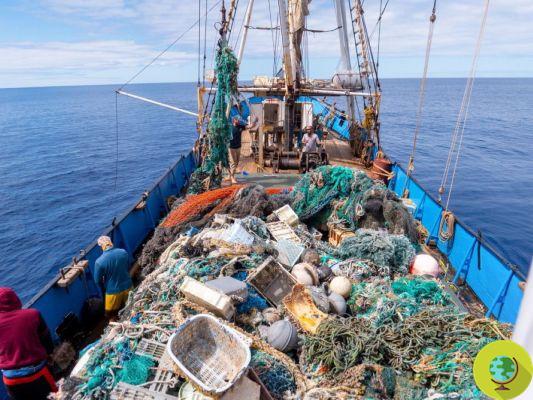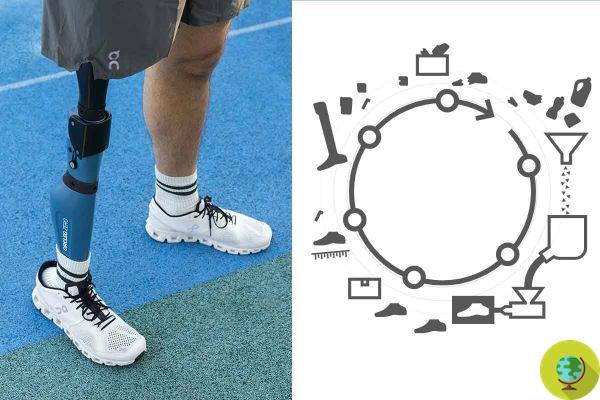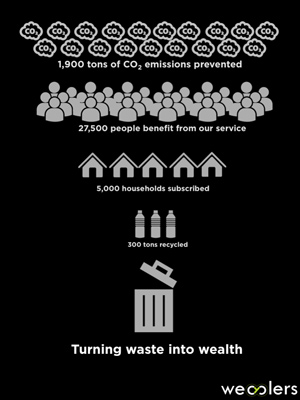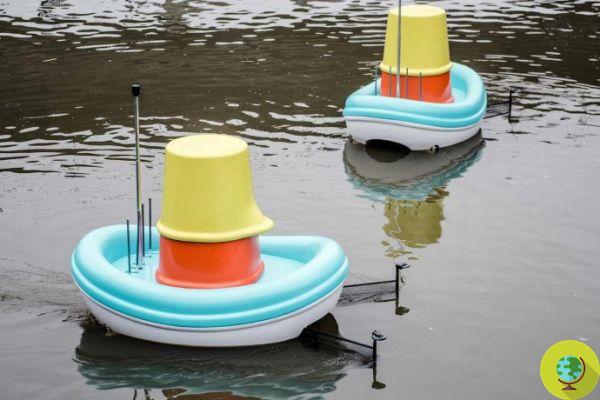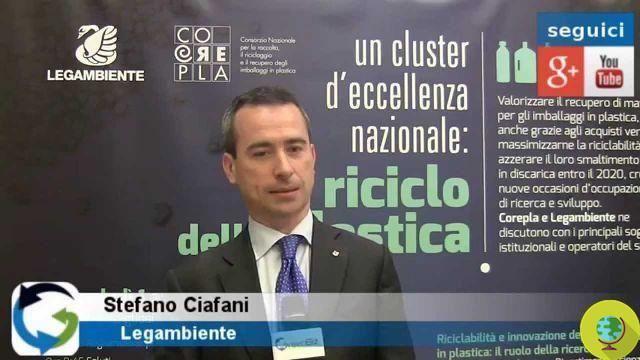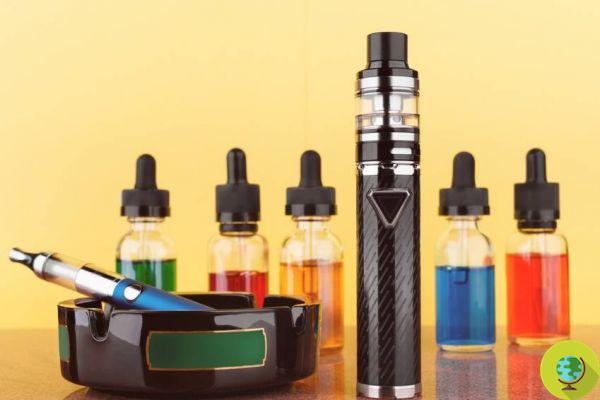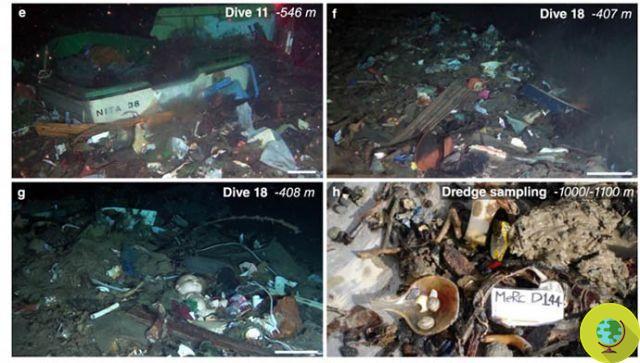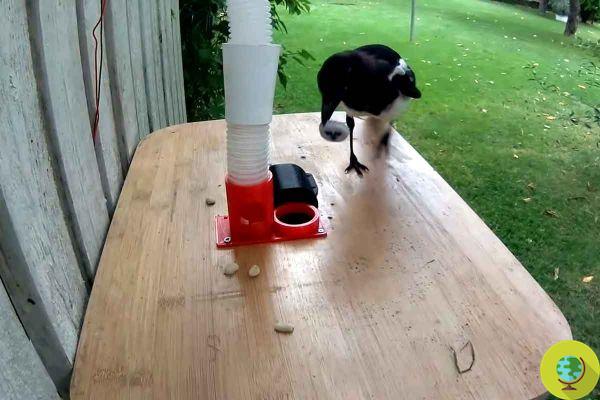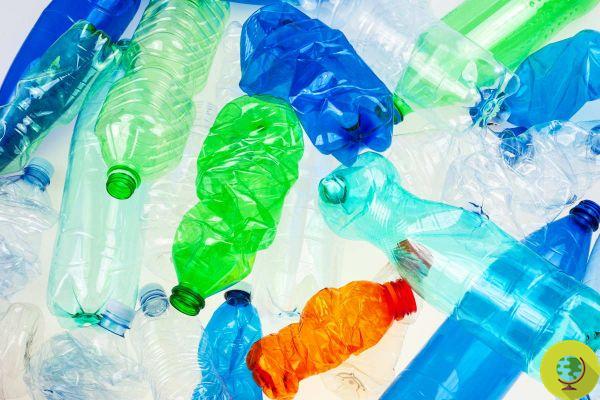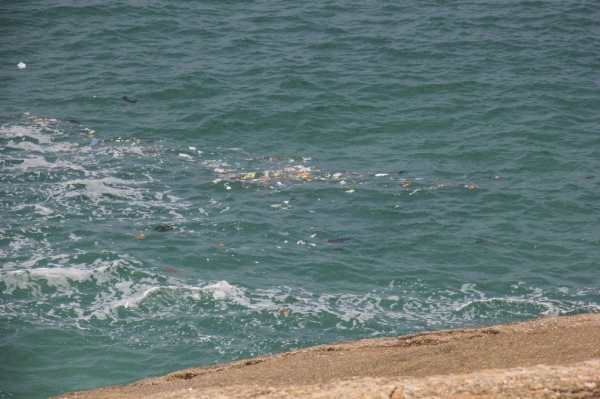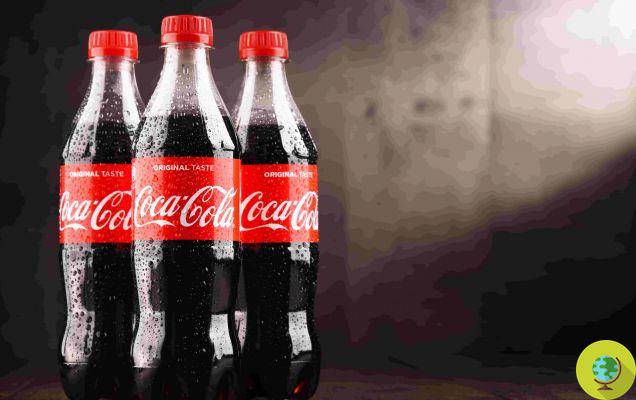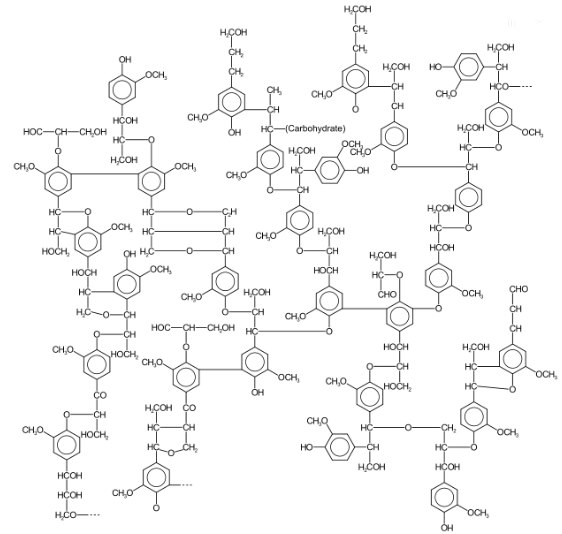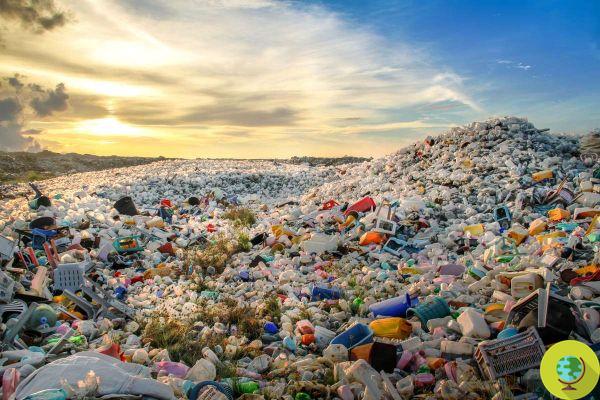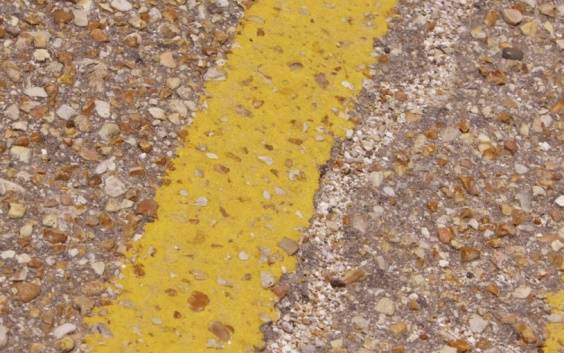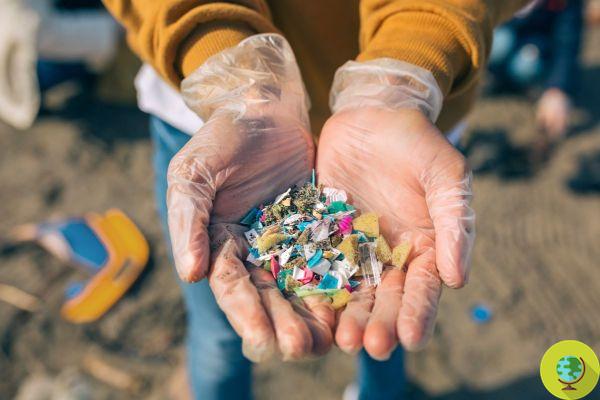
Developed a process for the electrolytic treatment of waste water capable of degrading microplastics at the source
Delete the microplastics in wastewater. It is possible thanks to a new study conducted by the Canadian National Institute for Scientific Research. The team developed a process for electrolytic wastewater treatment capable of degrading microplastics at source.
Wastewater can carry high concentrations of microplastics into the environment. These small particles, which are less than 5mm in diameter, can also come from our clothes, usually in the form of microfibers. According to Professor Patrick Drogui, who led the study, there are currently no established degradation methods to manage this contaminant during wastewater treatment. Furthermore, existing techniques often involve physical separation to filter out pollutants. In addition, handling the separate parcels requires additional work.
Instead the research team tried to solve the problem at the root, or rather, at the source. The results were published in the journal Environmental Pollution. Scientists have tried to degrade the particles by electrolytic oxidation, a process that does not require the addition of chemicals.
“Using the electrodes, we generate hydroxyl radicals (· OH) to attack the microplastics. This process is environmentally friendly because it breaks them down into CO2 and water molecules, which are not toxic to the ecosystem ”, explains the researcher.
The electrodes used in this process are more expensive than iron or steel electrodes, which degrade over time, but can be reused for several years. According to Drogui, this technology could be used in commercial laundries, a potential source of release of microplastics into the environment.
“When the water from the commercial laundries arrives at the wastewater treatment plant, it is mixed with large quantities of water, the pollutants are diluted and therefore more difficult to degrade. Conversely, by acting at the source, ie at the laundry, the concentration of microplastics is higher (per liter of water), therefore more accessible for electrolytic degradation ”, he explains.
The laboratory theses carried out on water artificially contaminated with polystyrene have shown a degradation efficiency of 89%. The team plans to move on to real-water experiments.
"Real water contains other materials that can influence the degradation process, such as carbonates and phosphates, which can trap radicals and reduce the performance of the oxidation process," continues Professor Drogui, scientific director of the Laboratory of Environmental Electrotechnology and Processes oxidative (LEEPO).
Once tested in commercial laundries, scientists will conduct another study to estimate the cost of treatment and adapt the technology to treat larger quantities of wastewater. Within a few years, it could be rolled out across the globe.
A solution that seeks to reduce the impact of pollution related to plastic, although undoubtedly it would be better to reduce its production and differentiate it correctly.
Reference sources: INRS, Environmental Pollution
- READ also:
- Mussels, oysters and scallops are the seafood most contaminated with microplastics. I study
- Microplastics are first found in the human placenta. The shock study
- Microplastics have invaded every place on the planet, including Mount Everest




